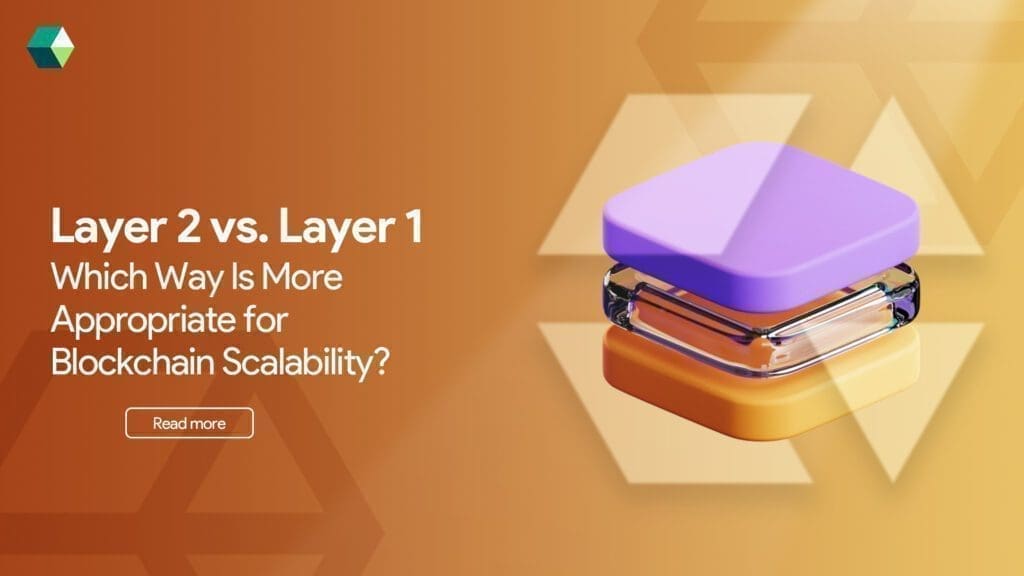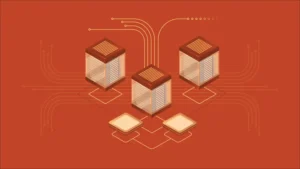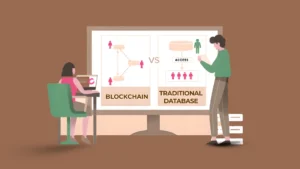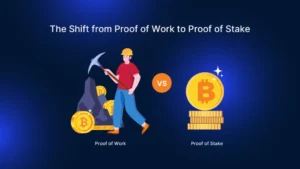
Introduction
Blockchain scalability is changing the world, but come on—scalability is a nightmare. With each new user, transactions are getting slower and fees are astronomical. So how do we fix this?
Two solutions stand out: Layer 1 and Layer 2 solutions. In this guide, we explain both in easy-to-understand terms, list their advantages and disadvantages, and help you decide which is best for your project. Oh, and we’ll also talk about how RPC providers keep things running smoothly in the blockchain world.
Layer 1: The Core of Blockchain
Layer 1 is the base layer—the blockchain itself. Think Bitcoin, Ethereum, Solana. Developers try to enhance scalability by upgrading the blockchain’s core structure. Here’s how:
- Sharding– Divides the blockchain into smaller fragments, or ” shards“, so that transactions can be processed in parallel.
- Consensus Upgrades– Transitioning from energy-intensive Proof-of-Work (PoW) to efficient Proof-of-Stake (PoS)—as seen in Ethereum 2.0.
- Bigger Blocks– Increases block size to accommodate more transactions per block, helping reduce congestion.
Why Layer 1 Scaling is Great:
- Completely secure and decentralized.
- All parts of the blockchain benefit after an upgrade.
- No reliance on third-party solutions.
Why Layer 1 is Not Great:
- Upgrades can take years—hello, Ethereum 2.0!
- Hard forks can split the community.
- Scaling is still restricted due to decentralization limitations.
Layer 2: The Cost-Effective Detour to Scalability
Layer 2 sits on top of Layer 1 and focuses on transaction efficiency. Instead of overloading the main blockchain, these solutions process transactions off-chain and then settle the results on-chain. Most well-known Layer 2 scaling solutions:
- Rollups (Optimistic & ZK-Rollups)– Bundle many transactions together and post them on the main chain, drastically cutting fees and time.
- State Channels– Enable users to transact privately off-chain and only interact with the main chain to settle the final result.
- Sidechains– Independent chains that communicate with the main chain but process transactions separately.
Why Layer 2 is a Game-Changer:
- Lightning-fast transaction speeds and super low fees.
- No need to alter the main blockchain.
- Easier and faster to deploy.
Layer 2’s Drawbacks:
- Security still depends on the main chain.
- Some solutions can be more centralized than ideal.
- Can be a bit tricky for average users to understand or use.
Layer 1 vs. Layer 2: Who Wins the Cake?
The short answer? It depends. Decentralization and long-term security your top priority? Layer 1 is the way to go. More fast, cheap transactions sooner? Layer 2 is the winner. Most blockchain projects are opting for a mix of both keeping Layer 1 in place for security but using Layer 2 for high transaction processing. It is like having a robust highway (Layer 1) but with express lanes (Layer 2) to avoid jams. Even businesses leveraging blockchain analytics, such as those offering power bi consultancy, are recognizing the importance of both layers in ensuring seamless data processing and decision-making.
Why RPC Providers are Crucial for Blockchain Scalability
Regardless of whether a blockchain scales on Layer 1 or Layer 2, it needs RPC providers so that things keep moving. These providers allow DApps, wallets, and devs to communicate with the blockchain in real-time, making transactions frictionless and seamless. As DeFi and crypto adoption skyrocket, stable RPC providers are critical for reducing downtime and delivering a smooth user experience.
The Growing Blockchain Ecosystem
Blockchain’s scalability issue isn’t just a tech problem—it’s shaping the future of DeFi and cryptocurrency exchanges. Developers worldwide are working on decentralized exchange (DEX) platforms to handle increased user demand. Check out this list of the top 10 DEX development services in Chandigarh to see how this space is evolving.
Similarly, crypto exchanges are becoming more advanced, implementing both Layer 1 and Layer 2 solutions for scalability. Demand for cryptocurrency exchange development is on fire, and Ahmedabad-based firms are leading the way with innovative solutions. For projects looking to bridge crypto and traditional finance, ready-made crypto-to-fiat software can significantly accelerate time to market while ensuring regulatory and technical compliance.
Final Thoughts
At the end of the day, Layer 1 and Layer 2 aren’t competitors—they’re partners in making blockchain more scalable, efficient, and accessible. Layer 1 gives us the security and decentralization we need, while Layer 2 ensures we don’t have to wait forever or pay crazy-high fees just to send a transaction.
As blockchain technology evolves, we’re likely to see even more hybrid solutions that blend the best of both worlds. Ethereum, for example, is pushing forward with both Layer 1 upgrades and Layer 2 adoption. This means the future of blockchain scalability isn’t about choosing one approach over the other—it’s about how well they can work together.
Whether you’re an investor, developer, or just a blockchain enthusiast, keeping an eye on these advancements is crucial. The blockchain space is moving fast, and those who adapt will be ahead of the curve. What’s your take? Will Layer 2 eventually outpace Layer 1, or will Layer 1 innovations catch up? Let’s keep the conversation going!






